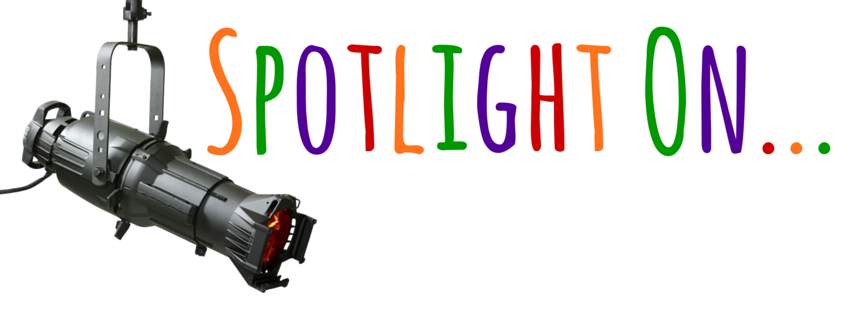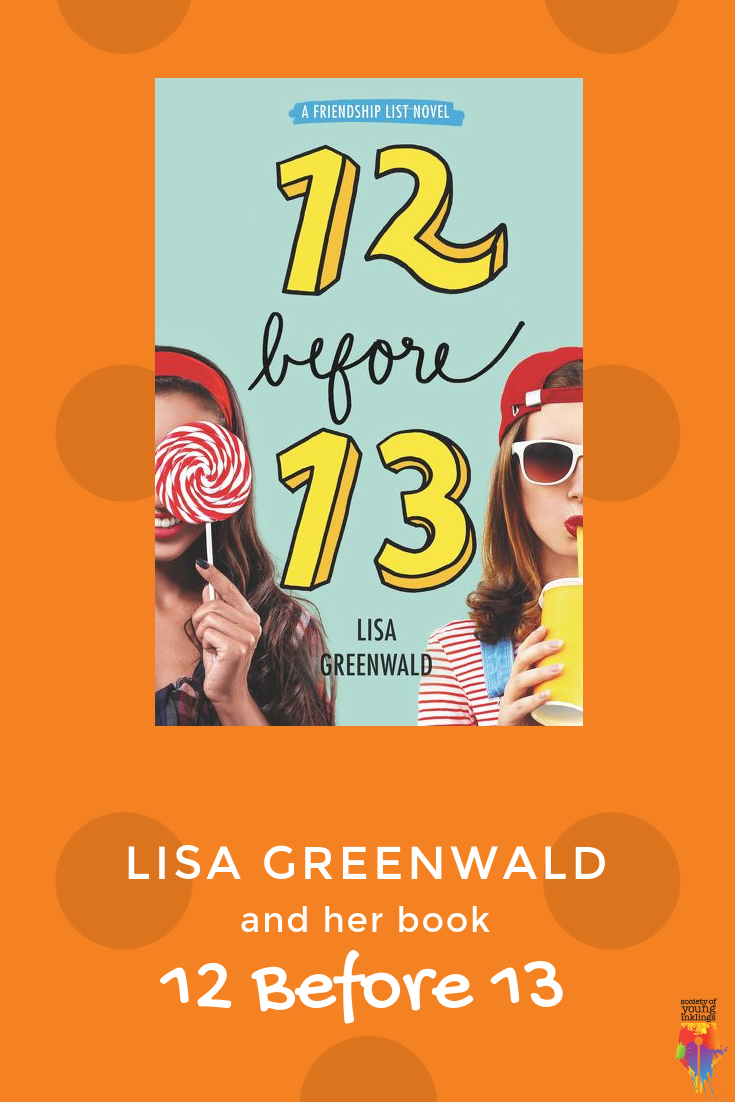Writerly Play Kit FOR EDUCATORS
Conferring Tips and Tricks
Conferring Tips and Tricks
Actually, I’ve found games particularly helpful when I have one-on-one conversations with my writers. A game, be it a quick-thinking game, a race-the-clock game, or otherwise, changes the task at hand. Rather than the struggle being to figure out what to put on the page, the challenge becomes playful.
Introducing a game into a stuck moment nearly always breathes fresh air into the situation. The writer and I both feel that air of possibility show up. Now, we’re allies, facing the game’s challenge together, and we can roll up our sleeves and get to work.
In this Writerly Play Kit, we’ll look more deeply at strategies you can use in your classroom to add the power of play to your one-on-one conferences with writers.
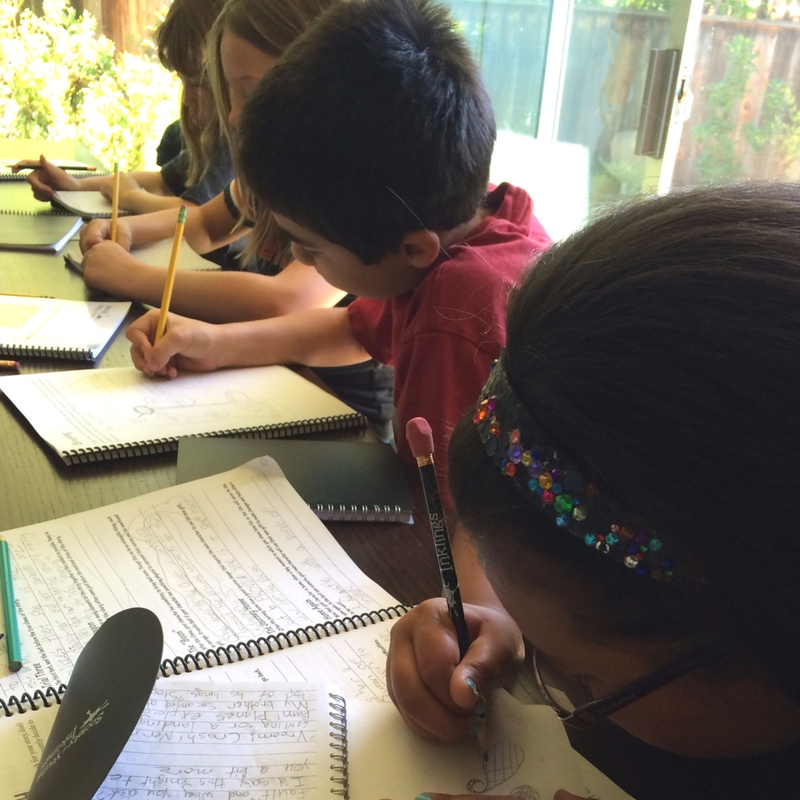
Featured RESOURCE
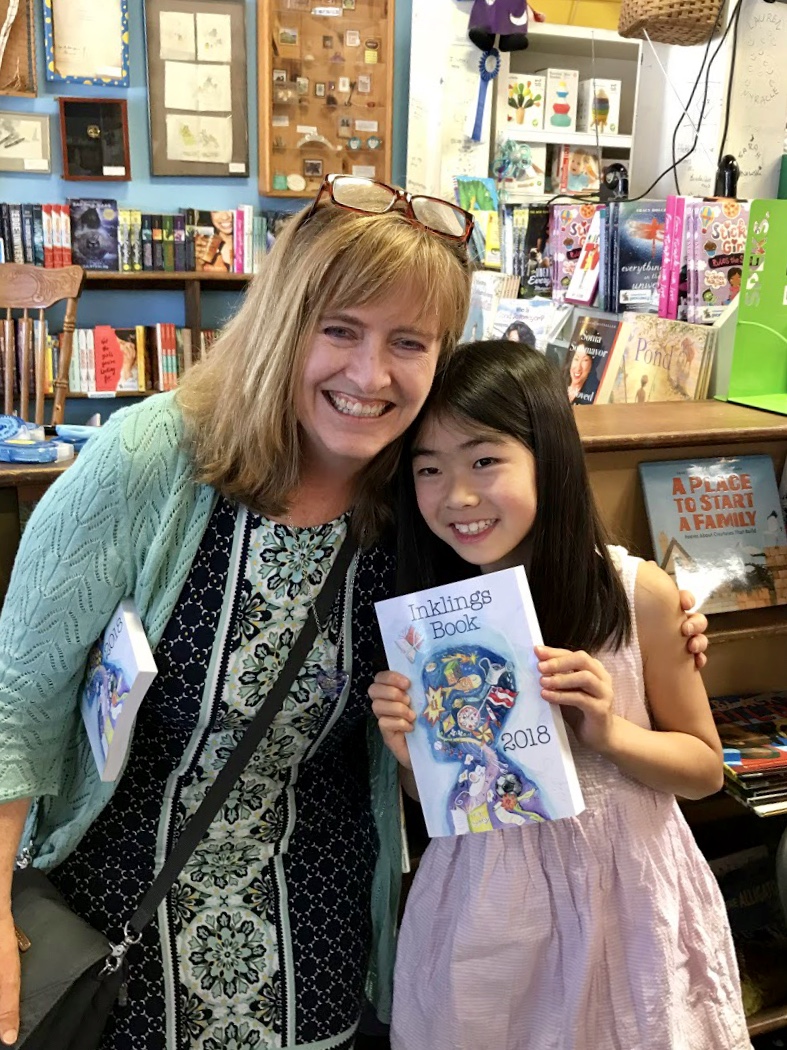
Our 2019 Inklings Book Contest is open for submissions! The contest is for young writers in grades 3-9 who are ready to be treated like a pro and increase their writing skills. Winners receive a two-session editorial mentorship with a professional mentor/writer, throughout which they will revise and polish their poem or story. The revised stories and poems are then published in the Inklings Book, which is distributed through various retail channels. Winners also receive their own copy of the Inklings Book as well as one for their school. Finalists and Society of Young Inklings members receive a personalized editorial letter with feedback and encouragement about their story or poem.
If you’d like to turn this into a class project, we’d love to help! Class sets can be submitted and since you are a Society of Young Inklings member, each of your students will receive a personalized editorial letter!
Featured GAMEs
Choices
Choices is my go-to game in one-on-one situations. When a writer is stuck, one of the most helpful things I can do is ask, with a sense of play, “Might your character be this or that?” If the student pauses, we discuss whether their answer might be neither.
If so, we explore other possibilities until we find a choice they can make with confidence. Often stuck is actually overwhelmed. The writer’s mind is either flooded with possibilities, making it impossible to take the next step, or they are wrestling their inner perfectionist. “If I write that sentence, what if my idea turns out badly … ?”
Offering a clear either/or choice cuts through the flood of ideas and also bypasses the inner critic. All they’re doing is making one simple choice, not determining the outcome of their entire project.
Choices is also a game that requires spontaneity and play from me as the facilitator. My sense of experimentation tends to be contagious. It’s easy to add in a silly choice or two and introduce a little bit of laughter. That emotional shift, from stressed and frustrated to the able to smile, goes a long way.
Image or Word Cards
Especially in the drafting process, but sometimes even in revision, a challenge to include a set of three words, or three images, can transform a difficult writing task into a game.
I use a set of image cards I’ve created by gluing magazine clippings onto index cards, and a set of word cards I’ve handwritten, but you can also repurpose a pre-made set of cards, such as Apples to Apples, Concentration, or “Tell Me a Story” cards.
The game is simple. From a deck of shuffled cards, the writer chooses three, four, or (for a real challenge) five cards. Then, their job is to include all of the words or images in their next scene. Quickly, they’ll discover that they’d like to make an unusual simile involving a parachute, or interrupt a scene with a surprise appearance of a raccoon.
If I use this game for revision, I narrow the range of images or words a bit, so as not to encourage randomness in the final stages of polishing a piece. However, the mindset required to find a way to include something the writer hasn’t yet included is a very helpful one, particularly for writers who are resistant to revision.
― Ralph Fletcher
strategy
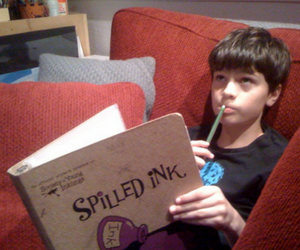
So, how do you choose what game to introduce in a one-on-one conference? The goal is to have quick conferences that send the writer back to the page, so you don’t want to dive into a complex game that requires a lot of facilitation.
First, I’ll ask the writer how it’s going, and see if I can quickly identify a next-step challenge for them. If they’re in motion, and utilizing the game we already played in the mini-lesson, I may ask a question to deepen their engagement with what they discovered in that game and move on.
If they’re stuck, or struggling, I’ll dive into a new game, such as Choices or Image/Word Cards (above). Or, I might ask the writer to close their eyes and visualize a scene, to draw a map of a setting, or we flip a coin to help make a decision. Sometimes, we’ll try a race-the-clock session to see how many words they can get on the page in three minutes, and then try another round and they race to beat their best.
Ultimately, it’s not the game we choose, but the sense of playfulness that the games bring. I find this approach works best when I’m playing, too. That sense of spontaneity starts when I approach the conference with a “How might we …” mindset, and allow the game we land on to be a surprise to both of us.
What’s Up At SYI this Month?
STORY STARTER
This month, Lisa Greenwald has challenged us with a story starter. Use this first line and see where it takes you:
I walked into the hotel and I couldn’t believe what I saw…
The possibilities are wide open, so here are a few questions to spark your creativity:
1. What genre might I write? (sci-fi, fantasy, mystery, historical fiction, realistic fiction …)
2. What kinds of characters might I use? (human, animal, magical …)
3. What form do I want my piece to take? (script, poem, comic, story …)
Aim for between 350 and 1000 words. Submit your response by emailing submit@younginklings.org. You might be published on our website!
INK SPLAT
LISA GREENWALD
This month, we talk to author Lisa Greenwald about her novel, 12 Before 13. She talks to us about friendship and staying true to oneself.
I love to write friendship stories and especially for the middle school age. There’s so much anxiety that surrounds middle school and list making can be so helpful for many people. I like to think of the Friendship List books as an ode to friendship, a love story of sorts between best friends trying to overcome the challenges in their lives and support each other in the process.

